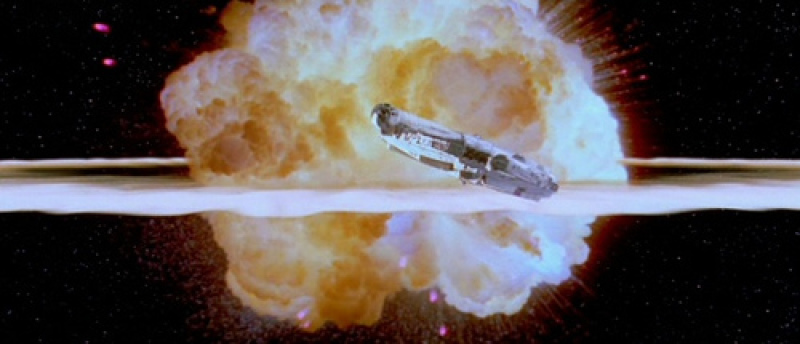
Scientists from NASA are currently observing a white dwarf star that has been described as the real-world version of the Death Star from the "Star Wars" film franchise.
According to the scientists, the star is currently dying and also vaporizing a planet orbiting around it, Space.com reported.
With the help of NASA's Kepler space telescope, the scientists are able to observe the dying process of the white dwarf and how it affects those around it. This is considered as a significant event since it marks the first time humans are able to observe a phenomenon such as this one.
The scientists noted that from this event, they'll be able to learn how dying stars affect their surroundings. Their findings can also be applied to Earth in about five billion years, the sun is expected to grow and engulf Mercury, Venus and even our own planet.
"This is something no human has seen before," Andrew Vanderburg of the Harvard-Smithsonian Center for Astrophysics said in a statement.
"We're watching a solar system get destroyed," he added.
The scientists explained that once a star nears its death, it expands and turns into a red giant. As it grows bigger, it consumes objects orbiting near it.
This is what's actually happening to a small planetary body near the dying white dwarf. Scientists predict that the planet will be completely consumed or disintegrated by the star's gravity within a million years.
"What we're seeing are fragments of a disintegrating planet that is being vaporized by [the white dwarf's] starlight and is losing mass," Vanderburg told Space.com. "The vapor is getting lost into orbit, and that condenses into dust which then blocks the starlight."
The scientists said that the planet is about 520,000 miles away from the white dwarf, which is twice the distance between the Earth and the moon, ABC News reported.
Before the planet entered the destructive radius of the white dwarf, it held a steady orbit around the star. However, once the star began expanding, the orbit of the planet became erratic as it got sucked in by the dying white dwarf's gravitational pull.
According to Vanderburg, the phenomenon he and the other scientists are observing provides strong evidence regarding the cause of planets' destruction.
"We now have a 'smoking gun' linking white dwarf pollution to the destruction of rocky planets," he said according to Mirror.
The findings of Vanderburg and his colleagues were published in a report on October 22 in the scientific journal Nature.



















